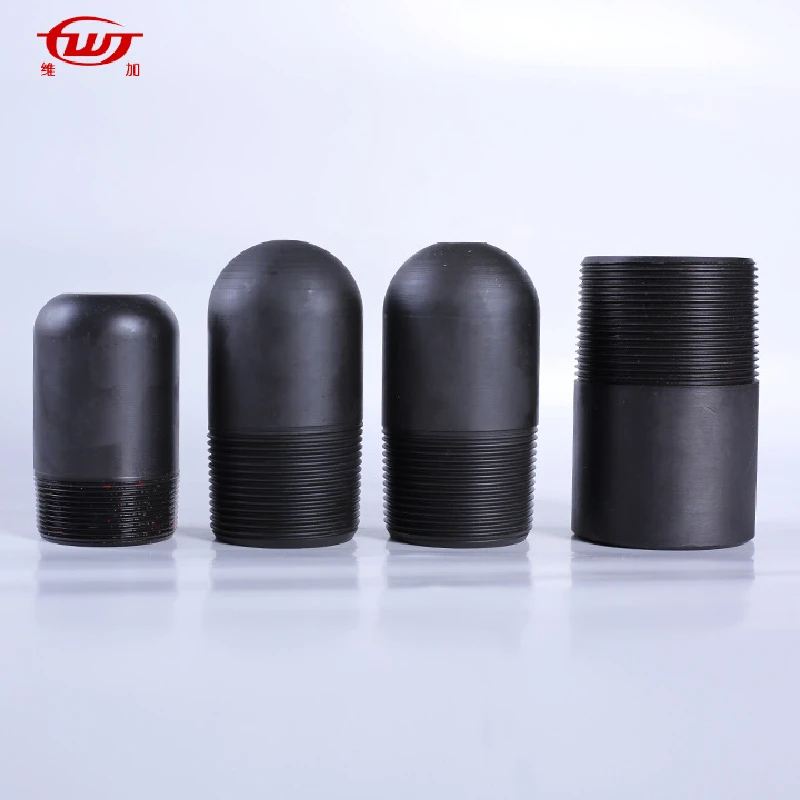- Afrikaans
- Albanian
- Amharic
- Arabic
- Armenian
- Azerbaijani
- Basque
- Belarusian
- Bengali
- Bosnian
- Bulgarian
- Catalan
- Cebuano
- Corsican
- Croatian
- Czech
- Danish
- Dutch
- English
- Esperanto
- Estonian
- Finnish
- French
- Frisian
- Galician
- Georgian
- German
- Greek
- Gujarati
- Haitian Creole
- hausa
- hawaiian
- Hebrew
- Hindi
- Miao
- Hungarian
- Icelandic
- igbo
- Indonesian
- irish
- Italian
- Japanese
- Javanese
- Kannada
- kazakh
- Khmer
- Rwandese
- Korean
- Kurdish
- Kyrgyz
- Lao
- Latin
- Latvian
- Lithuanian
- Luxembourgish
- Macedonian
- Malgashi
- Malay
- Malayalam
- Maltese
- Maori
- Marathi
- Mongolian
- Myanmar
- Nepali
- Norwegian
- Norwegian
- Occitan
- Pashto
- Persian
- Polish
- Portuguese
- Punjabi
- Romanian
- Russian
- Samoan
- Scottish Gaelic
- Serbian
- Sesotho
- Shona
- Sindhi
- Sinhala
- Slovak
- Slovenian
- Somali
- Spanish
- Sundanese
- Swahili
- Swedish
- Tagalog
- Tajik
- Tamil
- Tatar
- Telugu
- Thai
- Turkish
- Turkmen
- Ukrainian
- Urdu
- Uighur
- Uzbek
- Vietnamese
- Welsh
- Bantu
- Yiddish
- Yoruba
- Zulu
api casing sizes
Understanding API Casing Sizes A Comprehensive Guide
The American Petroleum Institute (API) has set standard specifications for the oil and gas industry, which include various casing sizes to ensure safety, reliability, and efficiency in drilling operations. Proper understanding of API casing sizes is crucial for engineers, technicians, and anyone involved in oil field operations. This article aims to provide a comprehensive understanding of API casing sizes, their applications, and the importance of selecting the right casing for specific operations.
What is API Casing?
Casing is a series of steel tubes that are installed in the borehole to stabilize it, isolate pressure zones, and prevent contamination of groundwater. API casing, specifically, refers to the sizing standards and specifications set by the American Petroleum Institute. The API provides details on the dimensions, weights, and grades of steel used in casing, which are essential for the design and maintenance of safe drilling practices.
API Casing Sizes
API casing sizes range from 4.5 inches to 20 inches, with several dimensions in between. These sizes correspond to Outside Diameter (OD) and are typically available in different wall thicknesses to provide varying levels of strength and durability. The two key measurements for the casing are
1. Outside Diameter (OD) This is the external measurement of the casing. It ranges from 4.5 inches (114.3 mm) to 20 inches (508 mm) in standard sizes. 2. Weight The weight of the casing can vary significantly, depending on the wall thickness and diameter. The weight is usually expressed in pounds per foot (lbs/ft).
Common API Casing Sizes
1. 4.5 inches Commonly used in intermediate casing applications, particularly in shallow to moderate depth wells. 2. 7 inches Often employed in production casing and can efficiently handle higher pressure environments.
3. 9.625 inches Typically used for surface casing, providing a robust option for supporting the borehole.
4. 13.375 inches This size is frequently used for surface casing in offshore drilling to withstand substantial pressure and environmental forces.
api casing sizes

Importance of Selecting the Right Casing Size
Choosing the appropriate casing size is crucial for various reasons
1. Pressure Management Different casing sizes can withstand various pressure ratings. Utilizing the correct size helps manage pressure efficiently, preventing blowouts and ensuring the safety of the drilling operation.
2. Fluid Flow The right casing size affects fluid flow rates during drilling operations. A casing that is too small may restrict flow, leading to inefficient operations.
3. Formation Stability Suitable casing sizes help stabilize the surrounding formations, reducing the risk of collapse and maintaining the well integrity.
4. Cost Efficiency Selecting the right casing size prevents unnecessary expenditures on additional casing materials or remediation efforts if initial choices fail.
5. Regulatory Compliance Adhering to API standards and selecting the appropriate casing size is essential for meeting regulatory requirements, thus avoiding fines and legal issues associated with non-compliance.
Conclusion
In summary, API casing sizes are a critical element in the safe and effective operation of drilling activities in the oil and gas industry. Understanding the different sizes, weights, and their respective applications ensures drilling operations can maintain integrity while maximizing efficiency. As technology continues to advance, the nuances in selecting the correct casing will become more critical than ever. Industry professionals must stay informed and educated on the subject to effectively mitigate risks and ensure successful drilling operations. By adhering to API standards and carefully selecting casing sizes, operatives can significantly enhance the safety and reliability of their drilling initiatives, ultimately benefiting the entire petroleum extraction process.
-
Well Casing Extension Couplings – Applications and InstallationNewsJun.06,2025
-
Types of Crossover Subs in Drilling & CompletionNewsJun.06,2025
-
Key Features of High-Quality Tubing Pup JointsNewsJun.06,2025
-
Installation and Maintenance Tips for Steel Couplings for PipeNewsJun.06,2025
-
How to Select the Right Pup Joint for Oil & Gas OperationsNewsJun.06,2025
-
Applications of Stainless Steel Pipe CouplingsNewsJun.06,2025







